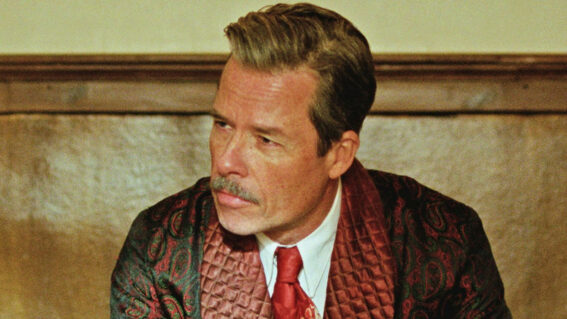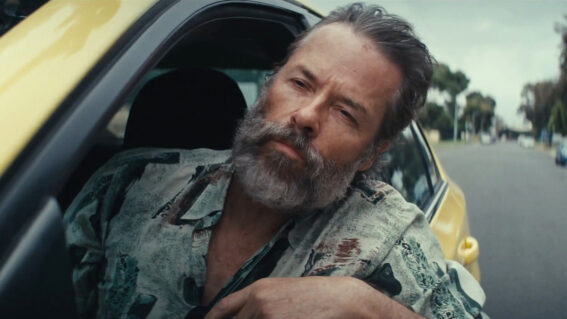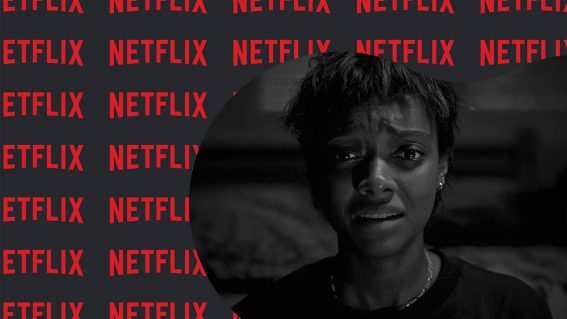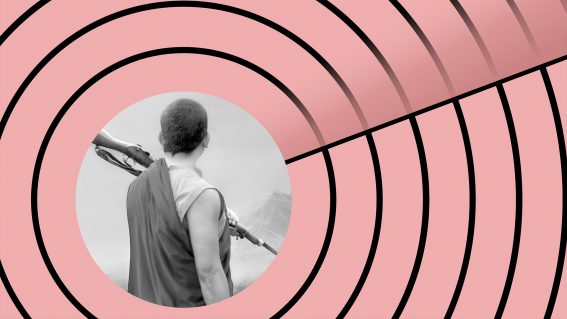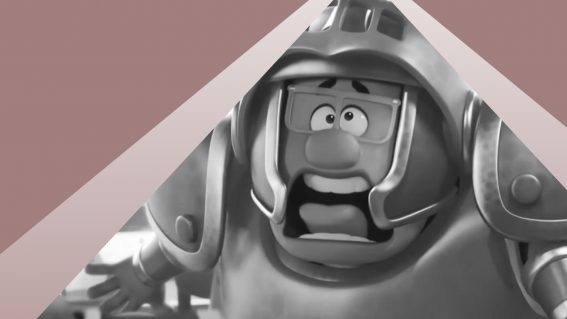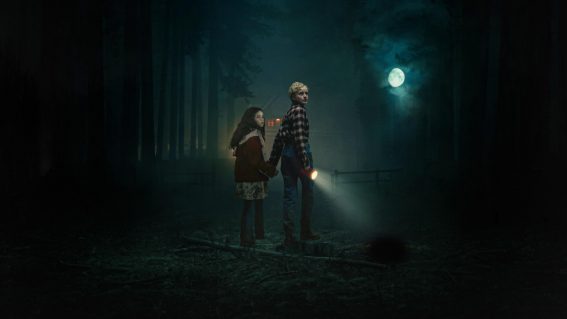Retrospective: Return to Oz remains one of cinema’s darkest sequels
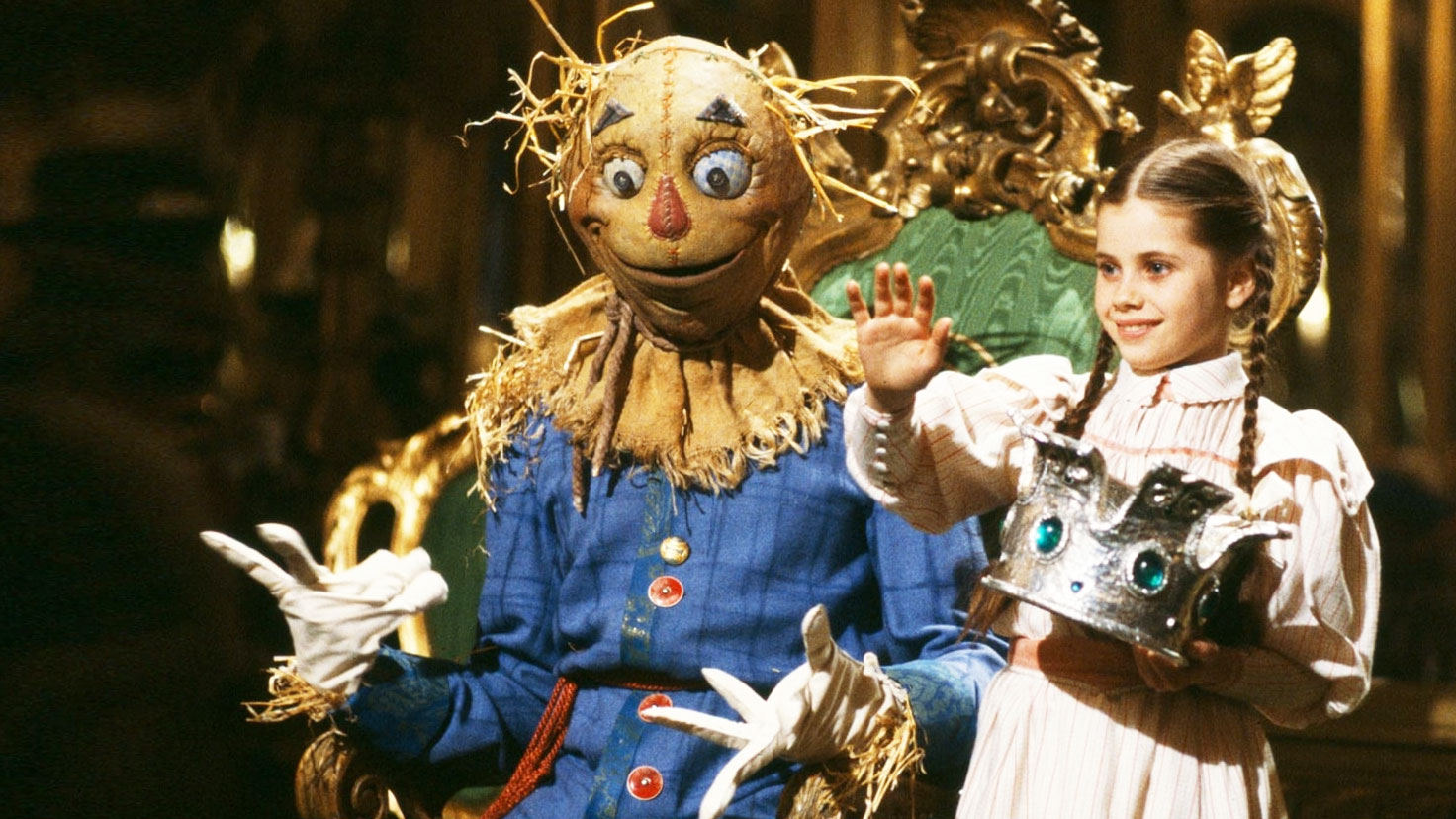
With the Land of Oz back on the big screen in Wicked, now’s a perfect time to revisit Return to Oz, a truly bizarre sequel to The Wizard of Oz. This article was originally published in March 2023.
Return to Oz
Revisiting The Wizard of Oz then immediately watching its sequel, Return to Oz, creates a transition so viscerally unsettling I feel inclined to explain it through the following analogy. It’s like experiencing a lucid dream of an idyllic sun-dappled garden, full of splendid flowers and lush greenery, then visiting the same place in real-life and discovering it burnt to a cinder, dirt and dead wood scattered everywhere, the ground strewn with broken glass and needles. Which is to say: the belated follow-up to Victor Fleming’s watershed and wonderstruck classic is one hell of a downer, transforming dreams into nightmares, and making a point that everything can decay terribly with time—even our sweetest reveries.
A similar observation was made recently in the low-rent, franchise-hijacking horror film Winnie the Pooh: Blood and Honey, with Christopher Robin returning to the 100 Acre Woods after many years of absence to discover his cuddly old pals have turned feral. The only film directed by renowned editor Walter Murch, Return to Oz—which arrived in 1985, some four and a half decades after The Wizard of Oz—is that same scene stretched into an entire feature. It’s one of those glorious examples of lunatics being in charge of the movie-making asylum, and one of the darkest, most tone-flipping sequels to a popular family movie ever made—up there with the criminally under-rated Babe: Pig in the City.
Murch’s first shot draws the camera back from Dorothy’s window, through which we see a starry night skyline, and shows the young protagonist lying in bed, deep in thought. We learn she isn’t well: “It’s been six months since the tornado, and Dorothy hasn’t been herself since,” says Aunt Em (Piper Laurie), commenting that “all she ever talks about is some place that just doesn’t exist”, where there are “talkin’ tin men, walkin’ scarecrows, ruby slippers.” The point is made that Dorothy (played by Fairuza Balk, who, weirdly, is noticeably younger than Judy Garland in the original) never recovered from events in the previous film. This alone is interesting, framing a happy-go-lucky musical as an infliction of trauma—but boy oh boy, there’s more to it than that.
The haunting elegance of Return to Oz’s prologue clicks into higher gear when Aunt Em takes Dorothy away, on a horse and cart, on a sad looking day, the sky a faded grey blanket. Dorothy reminisces to a shrink about her adventures in Oz, which of course sound crazy, and in the case of Tinman very gnarly. He “used to be made of flesh,” she explains, “but then he cut off his leg” and in fact “kept chopping off all the other parts of his body.” The doctor’s big solution is to introduce an “electrical marvel” that “will make it possible for you to sleep again.” He’s talking about electric shock therapy. Cue the most unholiest of sights: Dorothy strapped to a stretcher, wheeled into the EST room.
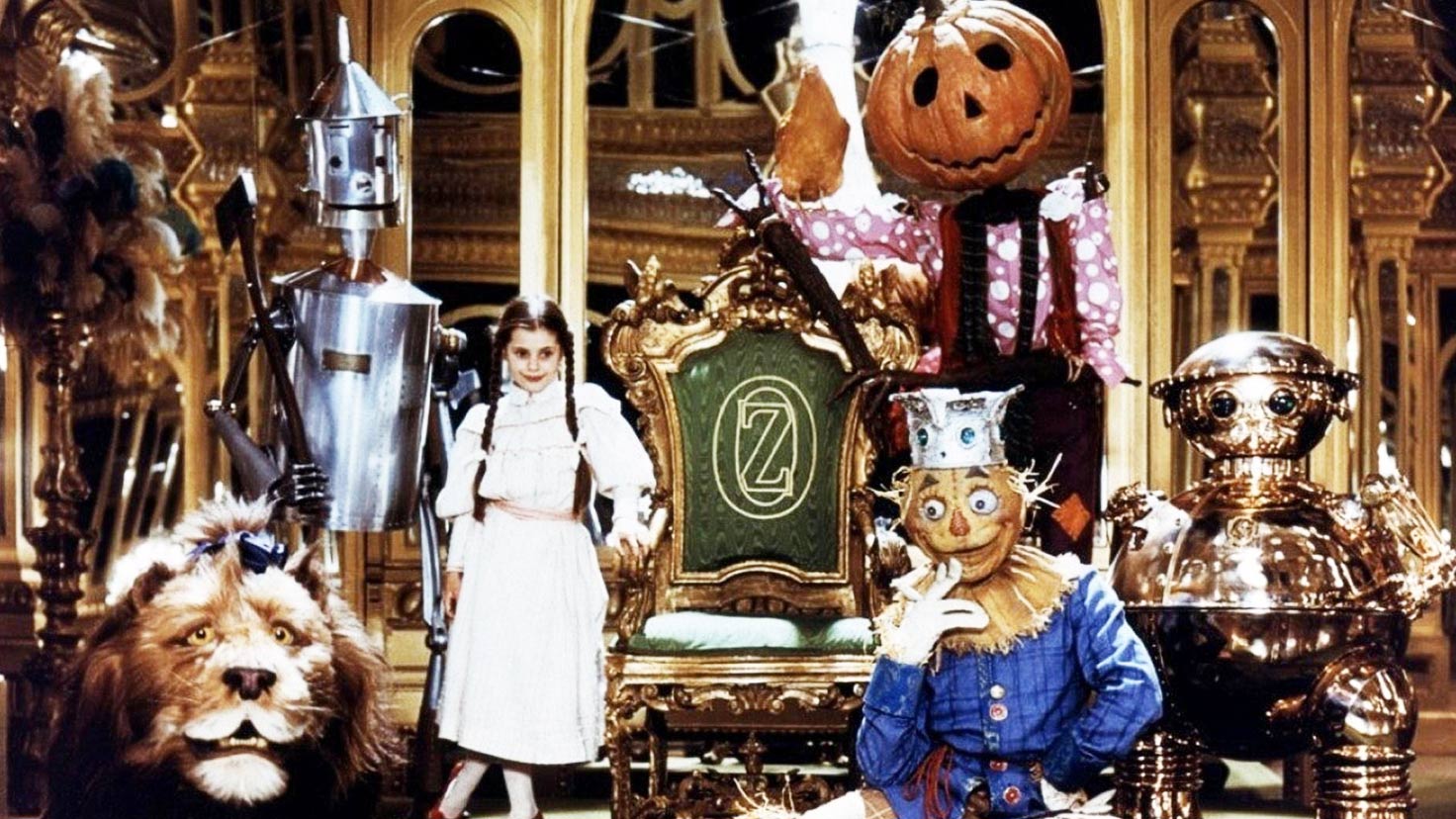
Before Dorothy’s operation begins, the power goes out and a young girl with blond hair rescues her. It is, by the way, a dark and stormy night, rain pouring down and claps of lightning illuminating the sky. This doesn’t just heighten the atmosphere, William Castle style, but provides a flood equivalent to the first movie’s tornado: an eruption of inclement weather that washes the protagonist away in a chicken coop, and signals the transition from one world into another.
Dorothy finds herself returned to the land of Oz, which is now ruled by the “Nome King”, who is made of rock and gains power from wearing those famous ruby slippers—which might be used for evil but still look rather fabulous. Her mission is to take down the king, seize the slippers, and—with help from friends including a talking chicken named Billina and a creature, Jack Pumpkinhead, with a huge jack-o’-lantern for a face—restore peace and order to Emerald City.
Because, by god, this place has seen better days. Remember the effervescent yellow brick road, down which Dorothy and her smiling entourage skipped, on their way to see that great whiz of a wiz (if ever a wiz there was)? The bricks have faded; the road is now bumpy and overgrown. The state of Emerald City is even sadder: it’s now crumbling and decrepit, with many people—some headless—turned to stone. The place is haunted by bizarre creatures called “Wheelers,” the equivalent of the original film’s flying monkeys, who have huge spindly limbs and wheels instead of feet and hands.
In a way, Return to Oz is less a sequel per se than a cultural conversation with its predecessor, expressed through the language of contrasts. Strewn with melancholic “look what happened” visual statements, Murch in every scene asks us to contemplate what is, versus what once was. The entire film exists in a state of purged possibility. It’s wild, weird, sad, strange—and there’s nothing else is quite like it.





